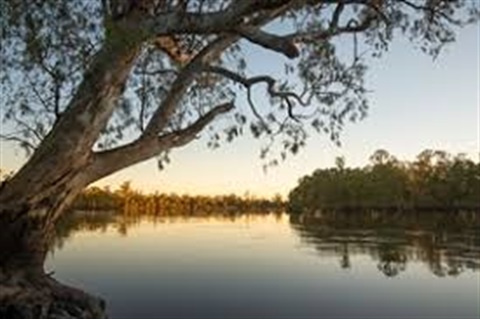Murray River

Australia’s longest river
The Murray River (approximately 2,500 km) is the star attraction of the Great River Road. Flanked by national and state parks and river reserves, the River flows between the Snowy Mountains and Lake Hume and provides a perfect habitat for native animal and plant species.
Before European settlement in the Upper Murray, our local history centred on thousands of generations of indigenous people. Their descendants, by the time of the arrival of the Europeans, had developed into three different language groups, the Wolgal, Dhudhuroa and Wiradjuri.
In addition to the Ngarigo people of the higher alpine regions and the Monaro Plains, modern historians believe these people were guided by their spiritual stories, the cycles of the weather and the natural environment.
To give order to their lives they developed social codes and rituals. The river flats of Towong, Welergang and Nariel were known meeting grounds for corroborees and other ceremonies. In the warmer months other groups travelled through the Upper Murray to partake in the gathering of Bogong Moths in the high country of the Munyangs, the Snowy Mountains.
In 1824 the Hume and Hovell Expedition ventured in our region, near the site of present day Tumbarumba, before electing to head westward to a location near present day Albury. They crossed a river there which they names the Hume River. Several years later Charles Sturt, another explorer, renamed this same river the Murray River after Sir George Murray who was at the time the British Secretary of state for war and the Colonies.
For more information on the Murray and the Great River Road, including the Wymah School House Museum, contact our Visitor Information Centre T: 02 6036 2422.